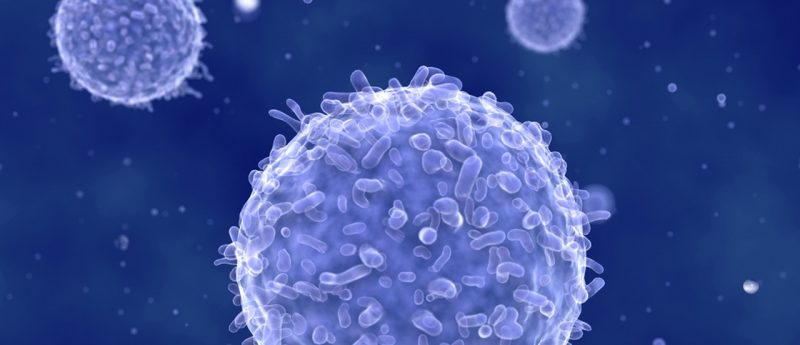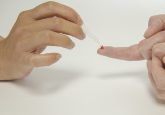Chemical sensor rapidly detects fungal infections

Scientists at the Institute of Physical Chemistry of the Polish Academy of Sciences (IPC PAS; Warsaw, Poland) have developed a chemical sensor that is able to rapidly detect fungal infection in patients. This new device could enable fungal infection to be detected within minutes rather than days and could see patients receiving more appropriate – and successful – treatments.
Time is a critical factor in the successful treatment of fungal infections: dangerous infections can be more effectively prevented if they are detected early. However, standard tests for the presence of fungi in body fluids, at present, take at least 12 hr and the results can be false positive or false negative. The new sensor may enable physicians be able to react more rapidly and with the appropriate antifungal therapy.
Arabitol, a simple sugar alcohol produced in mammalian and fungal cells, is one of the markers of fungal disease. It is produced in two enantiomers – D-arabitol and L-arabitol. In healthy humans these two forms are produced in approximately equal concentrations. Cells of the Candida species, however, form only D-arabitol. A relative increase in the concentration of D-arabitol in a patient can therefore indicate fungal infection, and it was this that the research team targeted when designing the sensor.
“The most important element of our sensor is a film of polymer selectively recognizing D-arabitol. It captures molecules of D-arabitol, a compound indicating the presence of fungi. The measurement takes only a few minutes, and the D-arabitol is detected with a high degree of certainty even in the presence of interfering substances with a similar molecular structure,” commented Wlodzimierz Kutner (IPC PAS), senior author of the study.
D-arabitol can be detected in plasma, CSF and urine. From a diagnostic point of view, it is best to measure levels in urine. The test, which is then non-invasive, can be performed safely, even in a newborn baby or ill patient.
Lead author Marcin Dabrowski (IPC PAS) explained that the key stage of devising the sensor was constructing a polymer with molecular cavities of the specific geometry to selectively recognize D-arabitol. “In other words, we had to invent and build a molecular lock, which would only fit one key: the D-arabitol molecule. The task was not easy, because L-arabitol, xylitol, and ribitol are molecules that are very, very similar to each other,” added Dabrowski.
The team employed the molecular imprinting technique to prepare a polymer film with molecular cavities that would bind D-arabitol. The films are approximately 200 nm in thickness, and when loaded with a patient sample, any D-arabitol molecules will bind to the molecular cavities in the film. Then, depending on the method of detection, the molecules will either change the flow of current through a field-effect transistor with a gate connected to an electrode, or the oscillation resonance frequency of a piezoelectric resonator.
“What is especially important here is the fact that the molecular cavities of our polymer do not capture molecules of other compounds that could generate false positive signals misleadingly indicating the presence of D-arabitol. The film is almost completely ‘deaf’ even to other isomers of arabitol, including those that differ from D-arabitol only by their optical properties,” stressed Dabrowski.
The fungal infection sensor has a simple construction that benefits repeated use. In addition, it is easy to use and inexpensive to produce. The team suggest that the device could be utilized by patients in their own homes, as well as in a clinical setting and in sanitary equipment. They hope that the sensor could provide a means of non-invasive analysis to prevent delayed diagnosis and improve treatment of fungal infections.
Sources: Dabrowski M, Sharma PS, Iskierko Z et al. Early diagnosis of fungal infections using piezomicrogravimetric and electric chemosensors based on polymers molecularly imprinted with d-arabitol. Biosens. Bioelectron.79 627–635 (2016); IPC PAS press release





